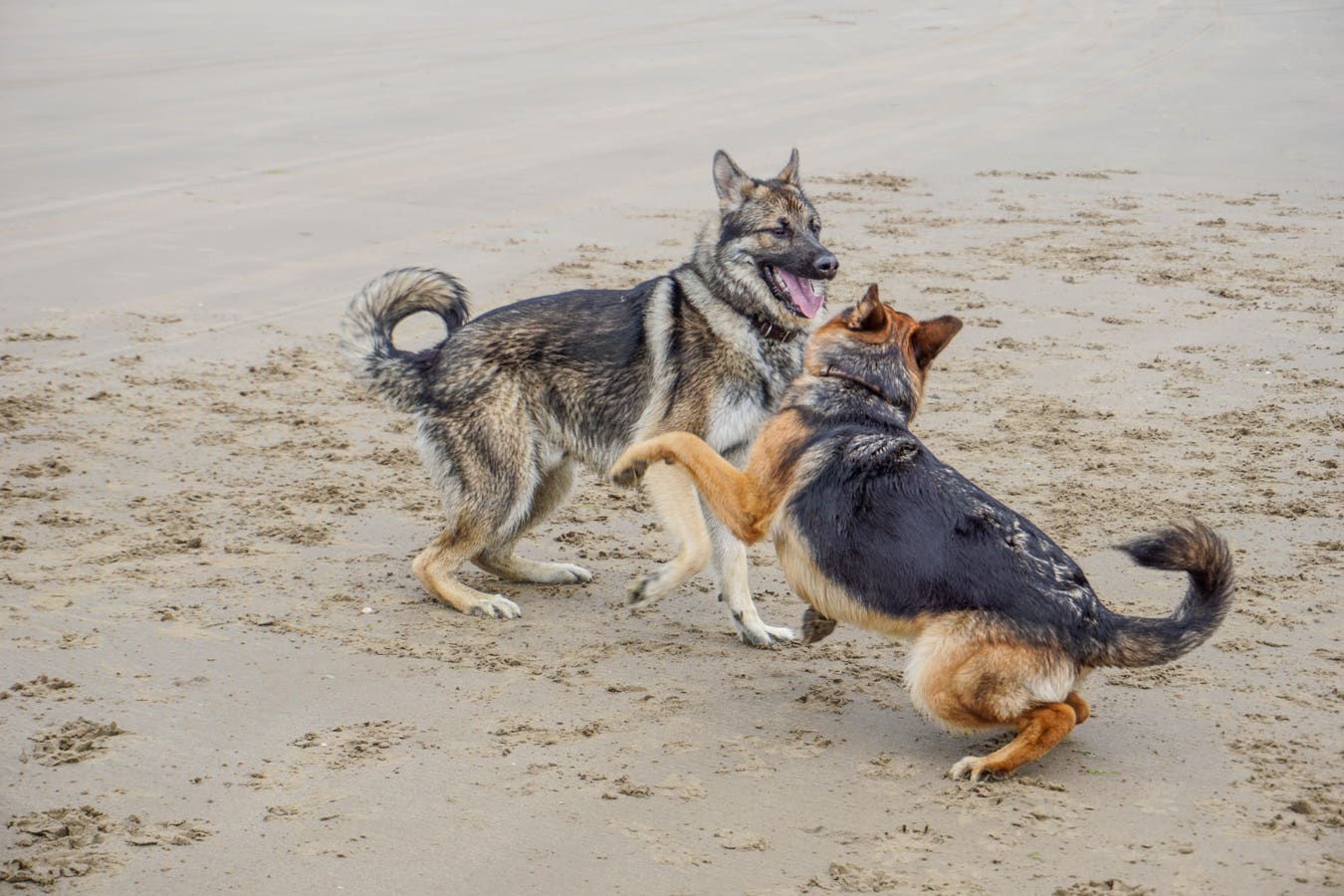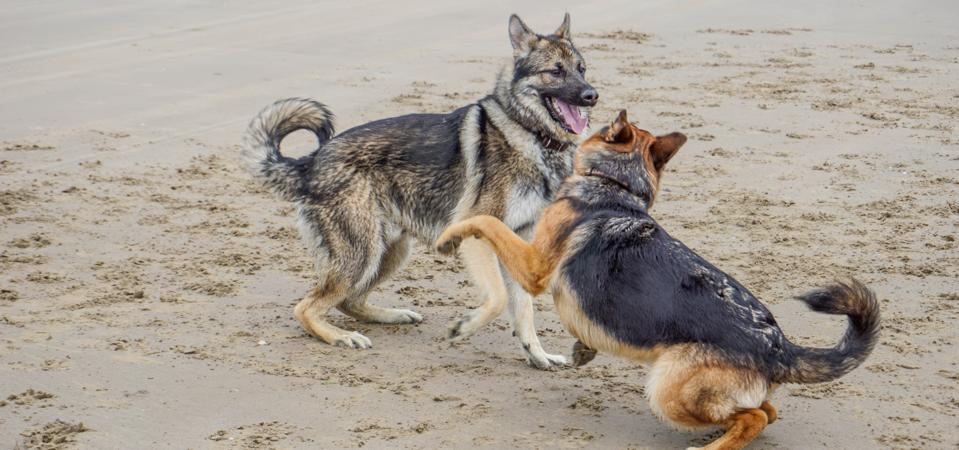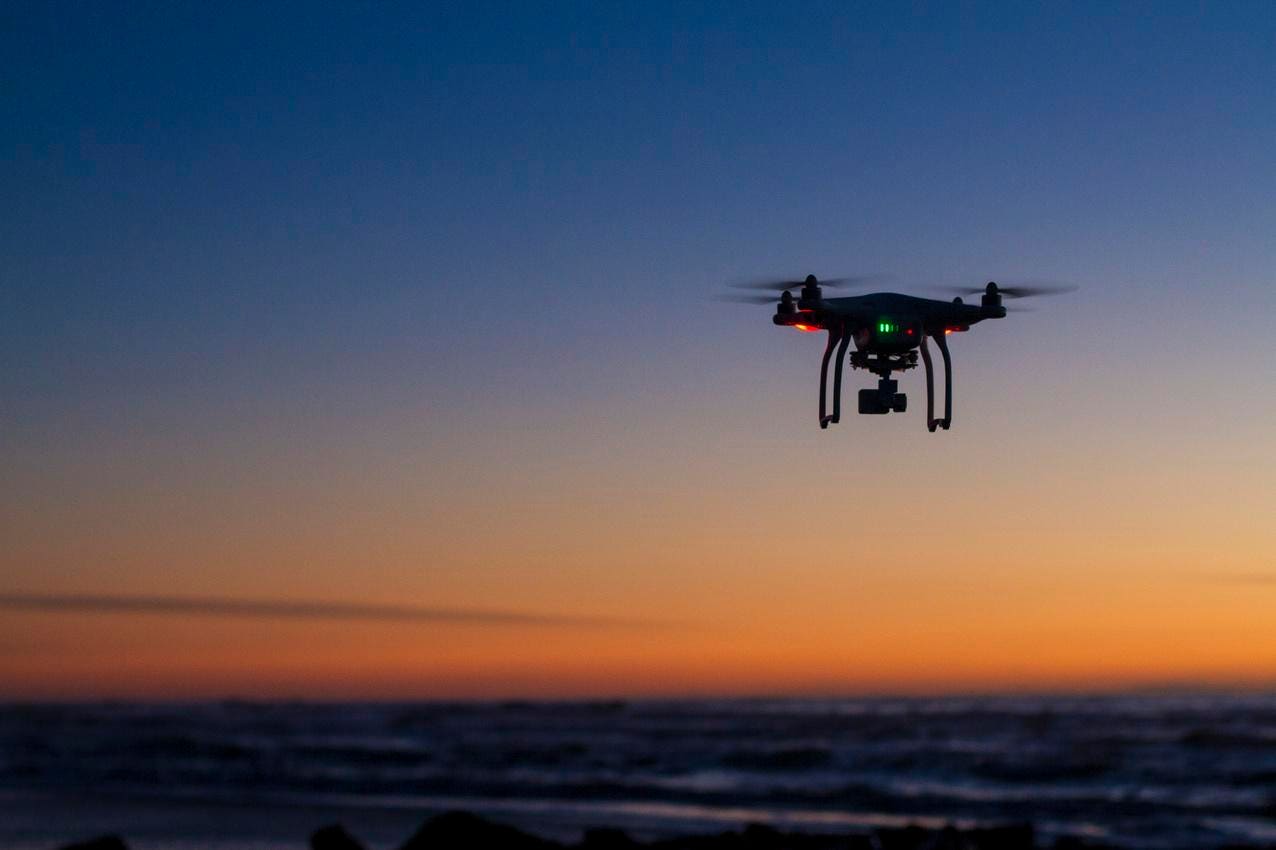From their wolf ancestors to today’s sweet, loyal companions, dogs’ social intelligence has been shaped over millennia, uniquely attuned to humans compared to other domesticated or wild species.
getty
Dogs have come to be man’s closest companions, but their story begins in the wild. Their nearest relative, the gray wolf, still roams forests and tundras. While dogs and wolves share a common ancestor, the origins of domestic dogs are more complex than once thought.
Fossils have hinted at dog-like traits appearing more than 30,000 years ago and yet genetic studies have often pointed to a much later divergence from wolves. This puzzle was resolved by scientists who sequenced the genome of a 35,000-year-old wolf from Siberia’s Taimyr Peninsula.
Their analysis revealed that the ancestors of modern dogs had already split from the wolf lineage before the Last Glacial Maximum. This is much earlier than prior estimates suggested. The study also showed that today’s dogs carry ancestry from multiple wolf populations and not just one. This makes the domestication less of a single event and more of a gradual and regionally varied process.
In fact, certain Arctic dog breeds still retain between 1 and 27 percent of their DNA from this ancient Taimyr wolf, serving as a reminder that the story of dogs is really a story of entangled histories.
The Cultural And Historical Roots Of The Human-Dog Bond
What truly sets dogs apart from wolves is not just their genetic legacy, though. It’s the bond they’ve managed to forge with humans. While wolves may have lingered near human camps, dogs took this relationship a step further. With over thousands of years of domestication, dogs have evolved to read human gestures, respond to social cues and seek human companionship actively.
The evolution of dogs, however, is not just written in their genes. It is also etched in human culture and history. Archaeological evidence from Eastern Siberia’s Cis-Baikal region shows that some ancient hunter-gatherer groups treated dogs and even wolves with mortuary care comparable to that given to humans.
Detailed studies of these burials reveal that certain animals were recognized as distinct individuals, perhaps even seen as possessing “souls.” They were afforded rituals that mirrored human funerary practices. Such findings suggest that from the earliest times, humans valued them as social partners and even spiritual beings. These early interactions laid the foundation for the deep, cooperative bond that would evolve over millennia into the extraordinary human-dog relationship we see today.
How Domestication Shaped Dogs’ Social Skills
Recent research confirms what centuries of human-dog companionship have long suggested: the fact that dogs are uniquely attuned to humans. Experiments comparing hand-raised dog and wolf puppies reveal that even at a few weeks old, dogs are more drawn to human attention. They make more eye contact and skillfully interpret human gestures. Wolves, on the other hand, despite identical socialization, remain more independent.
Interestingly, both species perform similarly on non-social tasks, such as memory or problem-solving. This indicates that domestication specifically enhanced dogs’ social and cooperative abilities rather than their general intelligence. This evidence further highlights that the extraordinary bond dogs share with humans is deeply biological, shaped by thousands of years of evolution favoring social attentiveness and cooperation.
The social bond between dogs and humans continues to stand in contrast to that of wolves, despite their shared ancestry. A 2025 study published in Animal Cognition examined human-socialized dogs and wolves. The findings reveal intriguing differences in how these animals express themselves toward humans.
While wolves tend to display attentive, forward-directed ears, dogs exhibit a wider range of expressions, which precisely includes ear positions signaling ambivalence or submission. This also includes more tail wagging, gazing and proximity-seeking behaviors.
One striking finding from the research was that humans also respond differently. They show more frequent and positive facial expressions toward dogs than wolves, which suggests that our own biases may amplify these behavioral differences.
These findings underscore the complexity of human-animal relationships. Dogs’ remarkable social flexibility appears to be both a product of evolutionary domestication and the bidirectional influence of human interaction. In this way, the unique connection we share with dogs is a living testament to thousands of years of coevolution and companionship.
Are you curious about how much you benefit from being connected to your dog? Take this science-backed test to find out: Pet Owner Connectedness Scale









